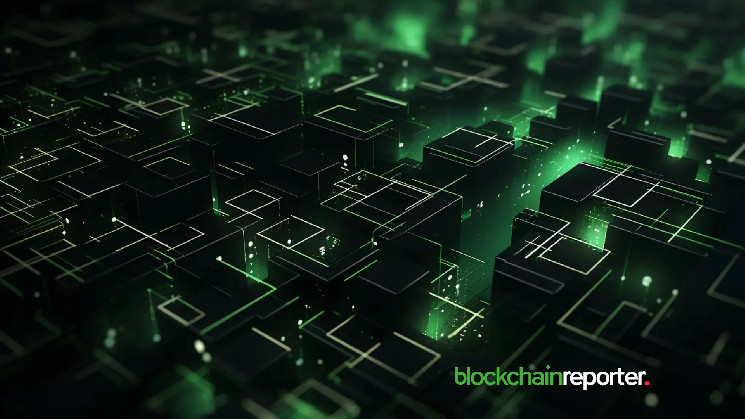The ever-evolving landscape of the internet has transitioned from Web 1.0 to Web 2.0 and now to the latest iteration, Web 3.0. Web 3.0 goes beyond social and participatory aspects by embracing decentralization and giving users control over their data. This shift has paved the way for the development of innovative products in the crypto and blockchain sectors, offering users secure peer-to-peer payment options and the ability to collect digital assets through crypto wallets. The amalgamation of blockchain and Web3 technologies aims to revolutionize internet accessibility, decentralization, and security.
Blockchain Technology
Blockchain technology utilizes digital ledgers to securely record transfers across multiple computers, creating a chain of interconnected blocks. This decentralized structure ensures transparency and resistance to fraud, making it a valuable tool in various applications such as cryptocurrencies like Bitcoin, secure data sharing in healthcare, and supply chain management.
Web 3.0
Web 3.0 represents the latest generation of the internet, emphasizing peer-to-peer systems. Unlike Web 2.0, where centralized platforms control user data and online interactions, Web 3.0 leverages blockchain technology to facilitate peer-to-peer interactions without the need for intermediaries. This includes decentralized applications (dApps) and smart contracts on blockchain networks, empowering users and enhancing security.
The Difference Between Web3 and Web2
Web2 relies on centralized entities like Amazon, Facebook, and Google for data management and service provision, raising concerns about data privacy and potential misuse. In contrast, Web3 leverages blockchain for decentralization, enabling users to have control over their data for increased security and transparency. Additionally, Web3 introduces new business models like decentralized finance (DeFi) that offer financial services without traditional banks.
The Connection Between Blockchain and Web3
Blockchain technology serves as the foundation for Web3, providing a secure and decentralized infrastructure for its operations. By leveraging blockchain, Web3 enhances transparency, security, and aligns with its core principles of trustlessness, decentralization, ownership, payment rails, and censorship resistance.
In conclusion, Web3 holds the potential to address the challenges faced by the current internet landscape by decentralizing power from tech giants and empowering users. While still in the early stages of adoption, the technologies driving the Web3 revolution, particularly crypto and blockchain, are making significant strides. This convergence of digital assets and blockchain technology has the potential to redefine the future of the internet, offering users new opportunities while safeguarding their rights to privacy, transparency, ownership, trustlessness, and decentralization.

